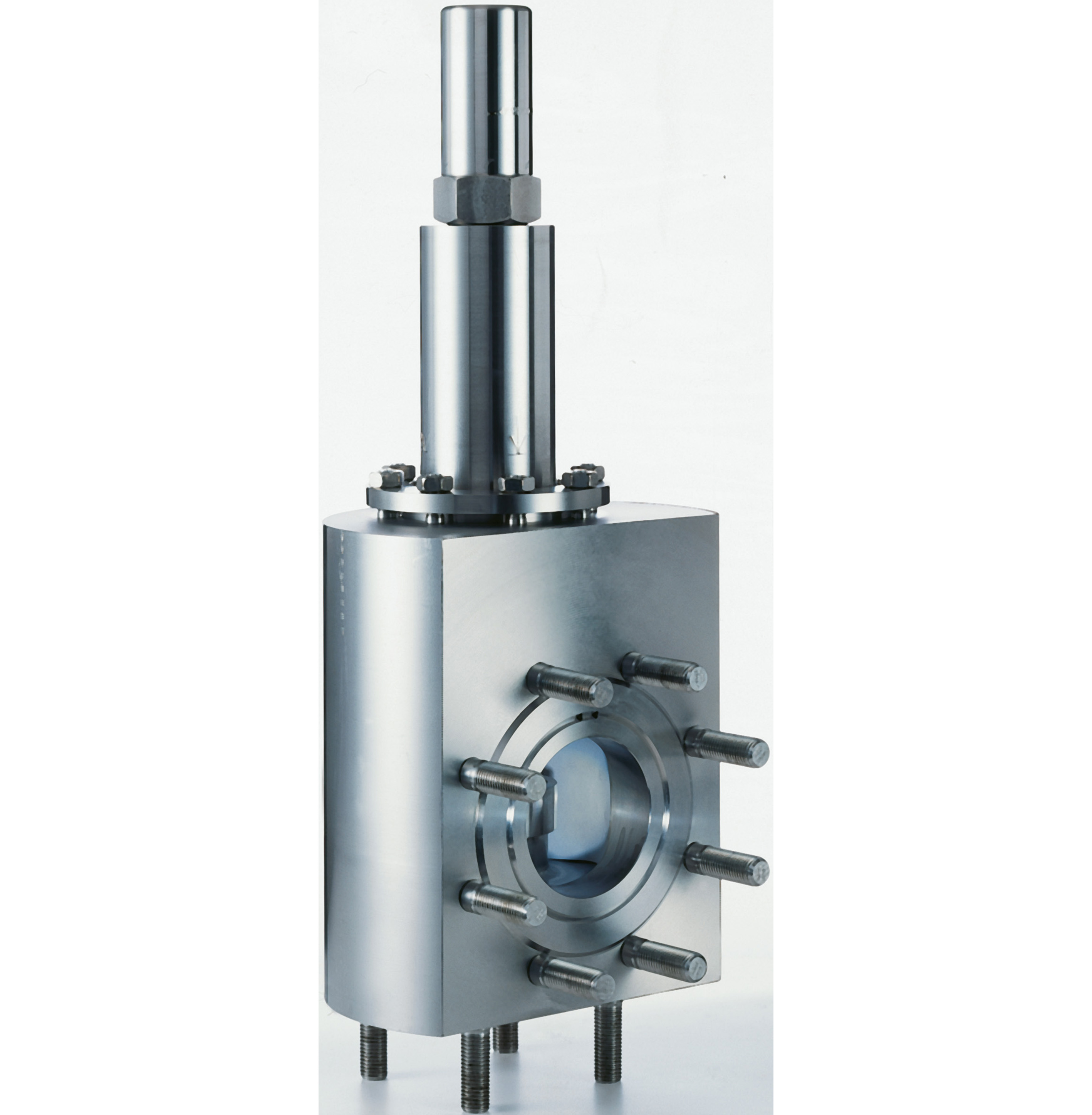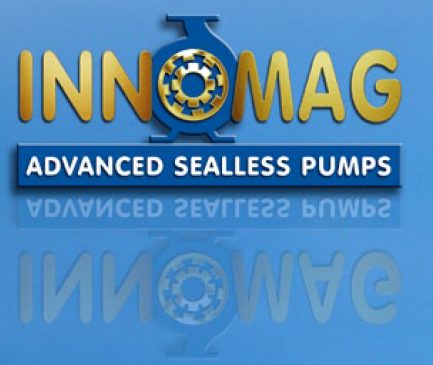LESER Urea safety valve

|
Products advantages
|
|
|
n Technologically-sound and inexpensive alternative to nickel-based alloys (such as Hastelloy®). |
|
|
n Standardised solutions for special applications such as those involving critical and toxic media. |
|
|
n Combine safety valve know-how with a level-based PTFE equipment and lining concept. |
|
|
n Are developed and optimised in close cooperation with plant engineers and service specialists to protect processes with highly corrosive and toxic media. |
|
|
n Are approved by all important classification societies world-wide. This ensures the worldwide applicability of LESER Critical Service safety valves. |
|
|
n All types of chemicals and media that are classified as being corrosive, highly corrosive, toxic or hazardous |
|
|
n TFE can also be used in EX areas, due to the antistatic and electrically conductive PTFE compound |
|
|
n One design and spring (single trim) for steam, gas and liquid applications reduces the number of spare parts and ensures low cost maintenance management. |
|
|
n Self-draining body design, avoids residues and reduces corrosion |
|
|
Technical specifications |
|
|
Nominal Diameter at Inlet |
DN 25 - DN 100 | 1" - 4" |
|
Actual Orifice Diameter d₀ |
23 mm - 92 mm | 0.91 in - 3.62 in |
|
Actual Orifice Area A₀ |
415 mm² - 6.648 mm² | 0.645 in² - 10.304 in² |
|
Set Pressure |
0.1 bar - 16 bar | 1.45 psig - 232 psig |
|
Temperature |
-85 °C to 200 °C | -121 °F to 392 °F |
|
Body Material |
1.0460, 1.0619 | SA 105, SA 216 WCB |
|
Valve Connection |
Flange in accordance with DIN EN 1092-1 and ASME B 16.5 |
|
Bellows Material (optional) |
Stainless steel, PTFE, Hastelloy C276 |
|
Load Type |
Spring-loaded |
|
Approvals |
|||||||
|
|||||||
|
Industries |
|
||||||
|
|||||||









